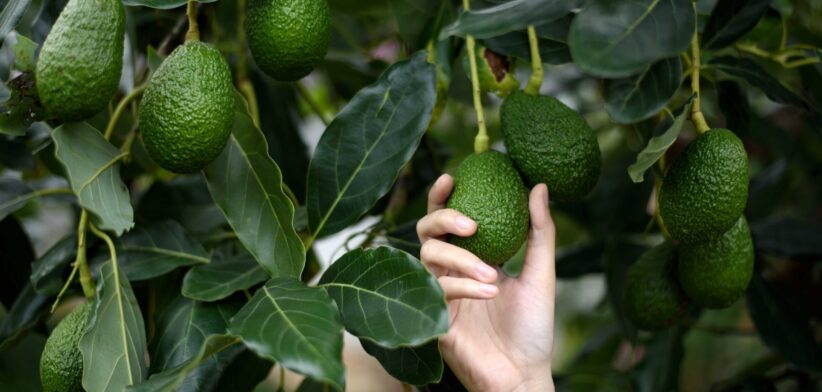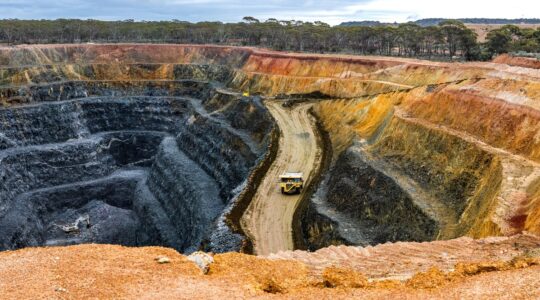The ABS has released its first series of agricultural statistics using new methodology, which show the Central Queensland town of Bundaberg is the avocado and macadamia capital of Australia.
Australian Bureau of Statistics (ABS) Head of Agricultural Statistics Rob Walter said the modernisation of collection methods and data sources would support improved regional detail on an annual basis.
“This helps to understand impacts from biosecurity and climate risks as well as supply chain and infrastructure requirements and supports decision making by governments, industry, and farmers,” Mr Walter said.
He said a key part of the modernisation had been the development of partnerships with industry and government to identify new data sources and develop new statistical methods.
“This has reduced reporting burden on farmers and created greater consistency between existing data sources which helps to build trust in the statistics.”
Mr Walter said these sources supported greater regional detail and highlighted the regions behind Australian agriculture.
“This regional detail showed that Bundaberg was the avocado and macadamia capital of Australia in 2022-23,” Mr Walter said.
He said one in every five avocados (19 percent) was grown in Bundaberg Surrounds (South), which produced 21.5 thousand tonnes of avocados in 2022-23, while Bundaberg Surrounds (North) produced 11 thousand tonnes of macadamias (23 percent of total Australian production).
Flagged in early 2023, the updated methodology was used to create 2022-23 reports for Broadacre Crops, Horticulture and Livestock released this week.
The Broadacre Crops report showed key broadacre crops hit a value of more than $28.9 billion in the 2022-23 financial year.
“It was a bumper year for wheat and canola in particular, with 41.2 million tonnes of wheat sold, worth $13.5 billion, and 8.9 million tonnes of canola sold, worth $6.6 billion,” Mr Walter said.
He said Horticulture crops, including wine grapes, had a combined local value of $17.2 billion.
“Fruit was the largest contributor to this, with a local value of $7.3 billion followed by vegetables, with a local value of $5.8 billion.”
Mr Walter said the value of livestock disposals declined 1 percent to $23.3 billion in 2022-23.
“Cattle was the largest contributor at $13.9 billion, a drop of 2.4 percent while poultry bucked the trend, increasing by 15.6 percent to $3.6 billion.”
He said at June 30, 2023 there were 29.9 million head of cattle, a 4 percent increase on the previous year.
“This is the largest cattle herd in the past five years as rainfall and favourable conditions supported farmers rebuilding their herds,” Mr Walter said.
Access the Broadacre Crops, Horticulture and Livestock reports.








